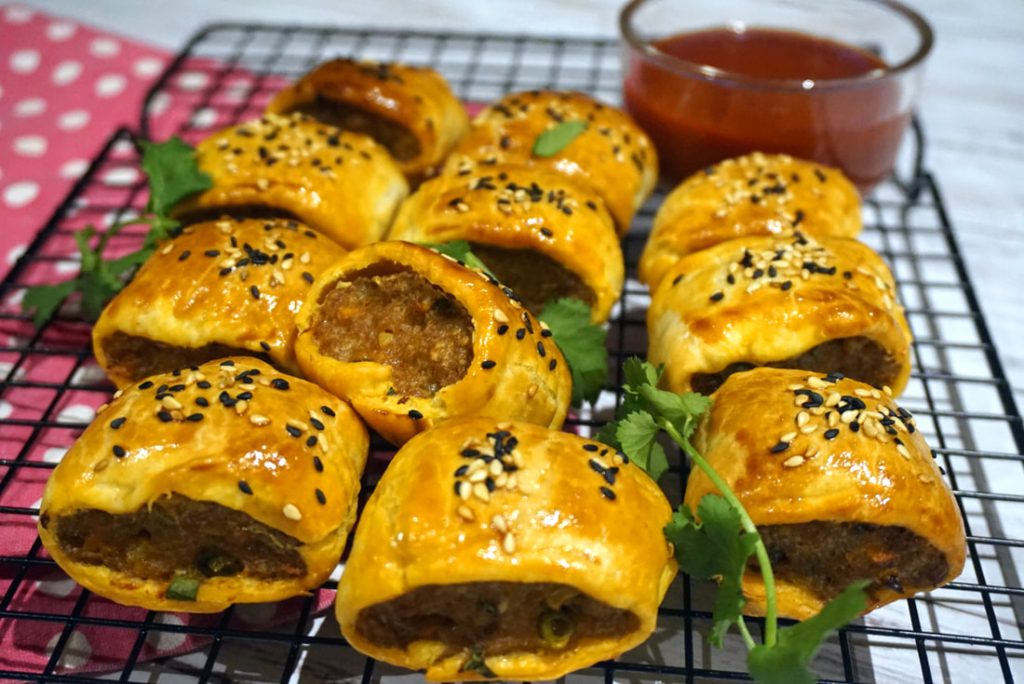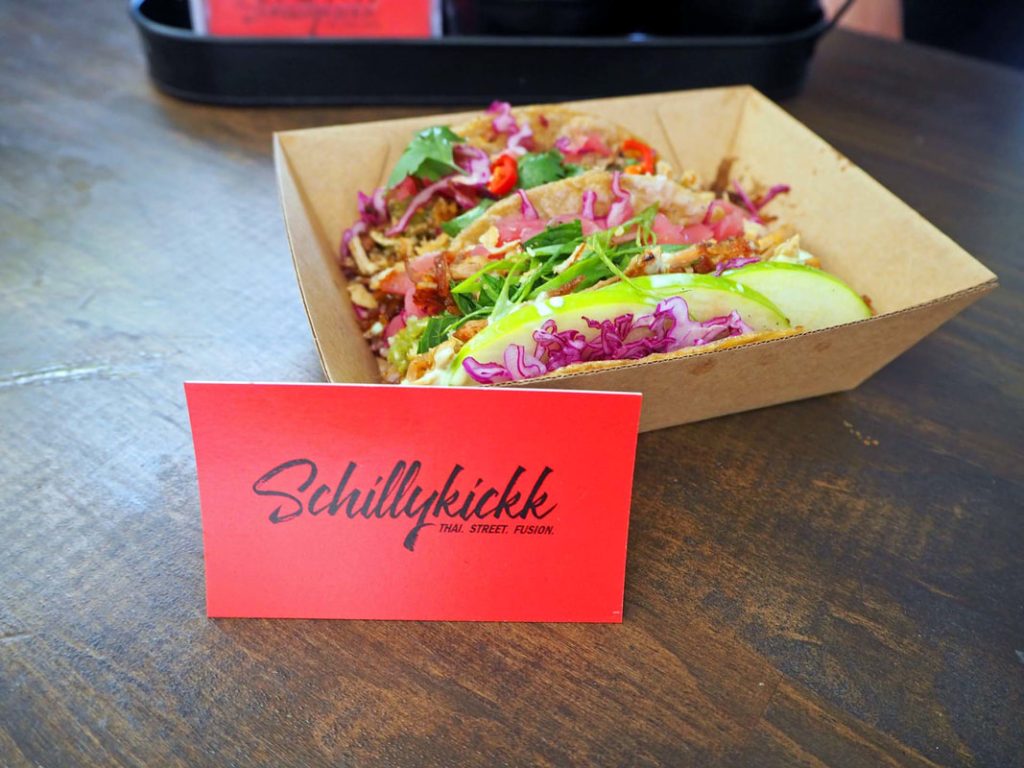I do not know if you have noticed but lately you can’t watch a cooking show without the word ‘umami’ being thrown about as the latest foodie buzzword. And while the umami is decidedly trendy, MSG is not. Where umami is exciting, MSG is still scary.
The thing is umami and MSG are chemically related: umami is tasted by the very receptors that respond to MSG. MSG is essentially umami in crystallised form. So why the difference in attitude? Today we delve into the role that racism played in spreading misconceptions about MSG.
Ken Lee, a professor and the director of food innovation at Ohio State University says
“MSG stands for monosodium glutamate. So sodium — everybody knows what that is — [is] the first ingredient in common table salt.” (Natural salt found in foods accounts for about 10 percent of a person’s total daily intake, according to the Food and Drug Administration.) Meanwhile, glutamate, the basic component of MSG, “is a synonym for glutamic acid [and] is a naturally occurring amino acid. It’s one of the building blocks of protein,” says Lee. In aqueous solutions, MSG breaks down to sodium and glutamate.
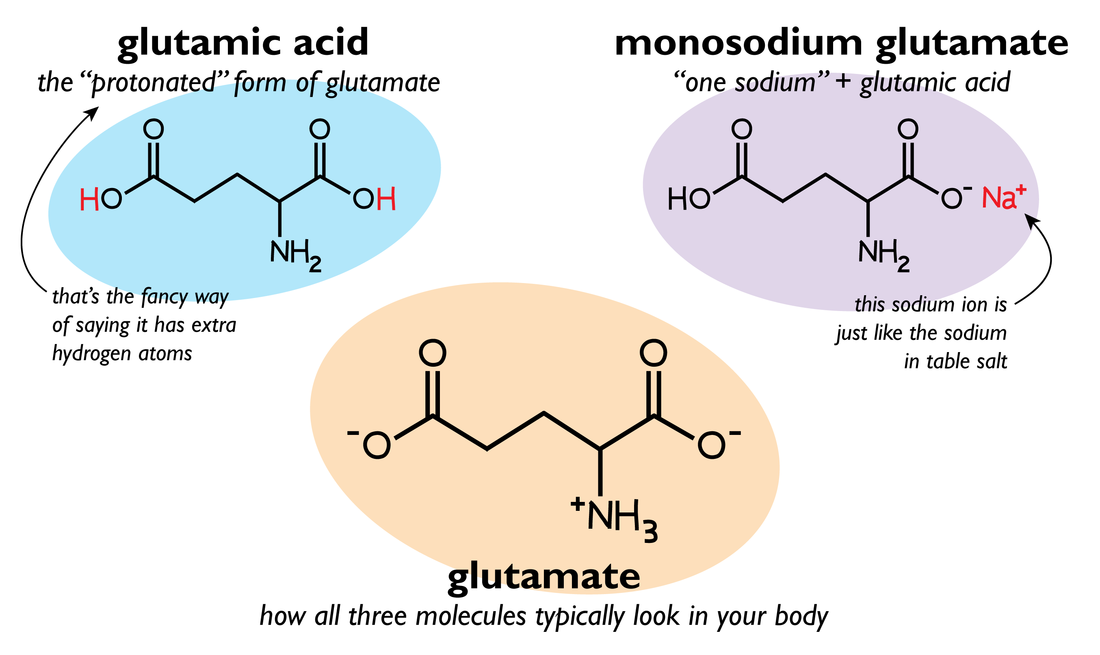
|
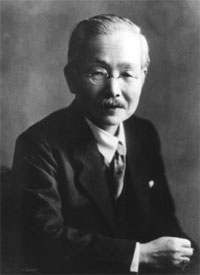 Kikunae Ikeda
|
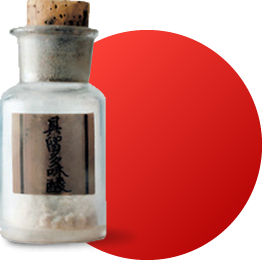 The glutamic acid extracted from kombu by Dr. Kikunae Ikeda (1908)
|
Kikunae Ikeda was a Japanese chemist who was interested in the chemistry of taste. He was particularly keen to understand the particular taste of a broth called ‘dashi’. Dashi’s main ingredient is a variety of kelp called kombu and he decided to break kombu down to its compounds and isolate the dashi taste. He started in 1907 by boiling down 90 pounds of kelp into a tarry resin. He then stripped out various salts and organic compounds over the next few months until he’d harvested a single ounce of brown crystals. When he tasted the crystals, he recognized the distinct savory taste that dashi lent to other foods, a taste that he termed ‘umami’, from the Japanese ‘umai’ (meaning ‘delicious’). Ikeda eventually produce and market the seasoning under the product name “Ajinomoto” — literally, “quintessence of flavor”.
Chinese Restaurant Syndrome
In 1968, Robert Ho Man Kwok, a Chinese-American doctor from Maryland wrote a letter to the New England Journal of Medicine which claimed that after eating at Chinese restaurants, he experience unpleasant symptoms, namely “numbness at the back of the neck, gradually radiating to both arms and the back” and “general weakness and palpitation.” While Kwok was himself of Cantonese descent, he made it clear that he had only ever experienced this in America with ‘northern Chinese food’. He did not specify a particular ingredient but made a few suggestions (including MSG) as a possible cause for his ‘peculiar syndrome’
The response to Kwok’s letter was large and extensive with readers claiming to suffer from the same affliction, termed “Chinese Restaurant Syndrome” . Some readers experienced same symptoms as Kwok, but most were extremely varied, ranging from cold sweats to extreme dizziness. In response, the Journal offered up MSG as the likely culprit for their reader’s unpleasant symptoms.
However what is little reported in the many articles on MSG is that the letters section of the NEJM is known for tongue-in-cheek discussions in the medical community. The majority of responses to Kwok were laced with exaggeration, hyperbole and also sarcasm with relation to racist stereotypes. Much of the humour was derived from the ‘fears of what was really taking place in the inscrutable Oriental kitchens’
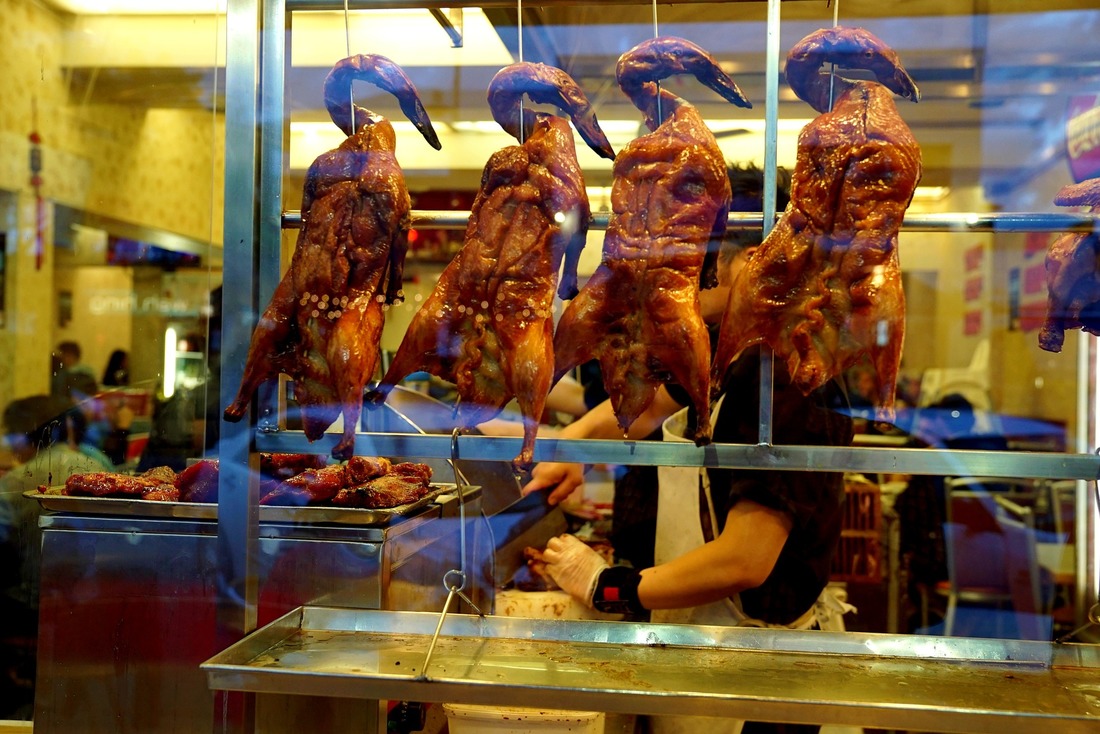
To be suspicious of the goings on in the kitchen of a Chinese restaurant was not uncommon… For many, suspicions of mysterious meats and other “excessive” practices were still present – Food Historian Ian Mosby
More articles followed with headlines focusing on harmful effects of Chinese Food “Relief May be in Sight for Those Who Suffer From Chinese Cooking,” ,“Whatever It Is or Isn’t – Please Pass the Chop Suey,” “Four Scientists Find Chinese Food Fans Can Avoid Suffering,” , “Chinese Food Make you Crazy? MSG is No. 1 Suspect,”.
In November 1969 the New York City Health Department sent out an order demanding that MSG be used ‘sparingly when preparing food’ was sent out in English and Chinese to both manufacturers and vendors of Chinese food. They felt sufficiently confident that amounts of MSG used in Chinese restaurants were excessive despite a complete lack of scientific studies. The order was not sent to non-Chinese restaurants, nor was it sent to American food manufacturers. Chinese restaurants began to place ubiquitous ‘NO MSG’ signs on their menus and windows at this time, while MSG continued to be used widely by American food manufacturers such as Campbell’s, Kraft, Lipton, Knorr and Lawry’s, and fast food restaurants including Wendy’s, Burger King, McDonalds and Kentucky Fried Chicken.
Though MSG was widely used, the “MSG problem” was strictly Chinese.
My name is Dan and I cook with MSG. All the time. I have a big bag of it on my spice rack. I add it to my Thanksgiving turkey gravy, my tomato sauce, the braised chicken thighs I made the other night. If you come to my house for dinner I’m probably going to feed you something with MSG in it. And I’m probably not going to tell you. Because people. Freak. Out. – Dan Pashman, James Beard Award-nominated creator and host of The Sporkful food podcast
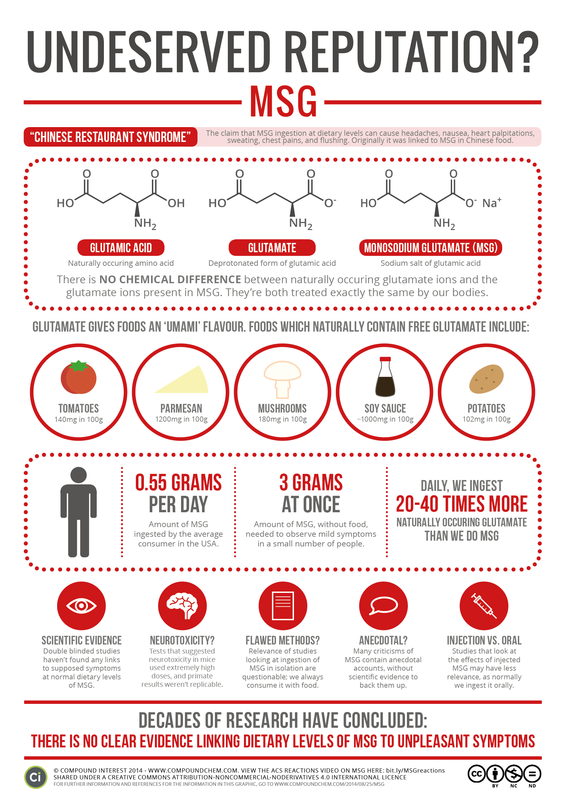 Infographic from http://www.compoundchem.com/2014/08/25/msg/
Infographic from http://www.compoundchem.com/2014/08/25/msg/References
http://www.iflscience.com/chemistry/whats-msg-and-it-bad-you/
https://fivethirtyeight.com/features/how-msg-got-a-bad-rap-flawed-science-and-xenophobia/
https://scienceandfooducla.wordpress.com/2013/07/02/umami-burger/
http://www.openaccessjournals.siftdesk.org/articles/full-text/Is-wine-savory-Umami-taste-in-wine.html
https://blogs.unimelb.edu.au/sciencecommunication/2013/09/15/lets-talk-about-taste/
http://articles.chicagotribune.com/2013-07-17/features/ct-food-0717-msg-20130717_1_msg-chinese-restaurant-syndrome-kikunae-ikeda
https://www.thecut.com/2014/08/msg-isnt-harmful.html
https://www.washingtonpost.com/news/speaking-of-science/wp/2014/08/25/no-msg-isnt-bad-for-you/
https://greatist.com/grow/why-msg-has-a-bad-rap
www.theguardian.com/lifeandstyle/2005/jul/10/foodanddrink.features3
www.pri.org/stories/2014-10-03/science-suggests-msg-really-isnt-bad-your-health-after-all
http://www.sporkful.com/this-podcast-contains-msg/
http://www.compoundchem.com/2014/08/25/msg/
Academic References
A metabotropic glutamate receptor variant functions as a taste receptor.Chaudhari N, Landin AM, Roper SD. Nat Neurosci. 2000 Feb;3(2):113-9.
Kwok, R. H. M. (1968). Chinese restaurant syndrome. New England Journal of Medicine, 278(14), 796.
Schaumburg, H., McCaghren, T., Menken, M., Migden, W., Kirk Rose, E., Rath, J., … Davies, E. (1968). Chinese-restaurant syndrome. New England Journal of Medicine, 278(20), 1122–1124.
‘That Won-Ton Soup Headache’: The Chinese Restaurant Syndrome, MSG and the Making of American Food, 1968–1980 Ian Mosby* Social History of Medicine Vol. 22, No. 1 pp. 133–151
Understanding Monosodium Glutamate Exploring food discourse and its social implications JENELLE REGNIER-DAVIES York Online Undergraduate Research Vol I (2014)
Uptaking Race: Genre, MSG, and Chinese Dinner Jennifer L. LeMesurier POROI Vol. 12 (2016) Iss. 2



